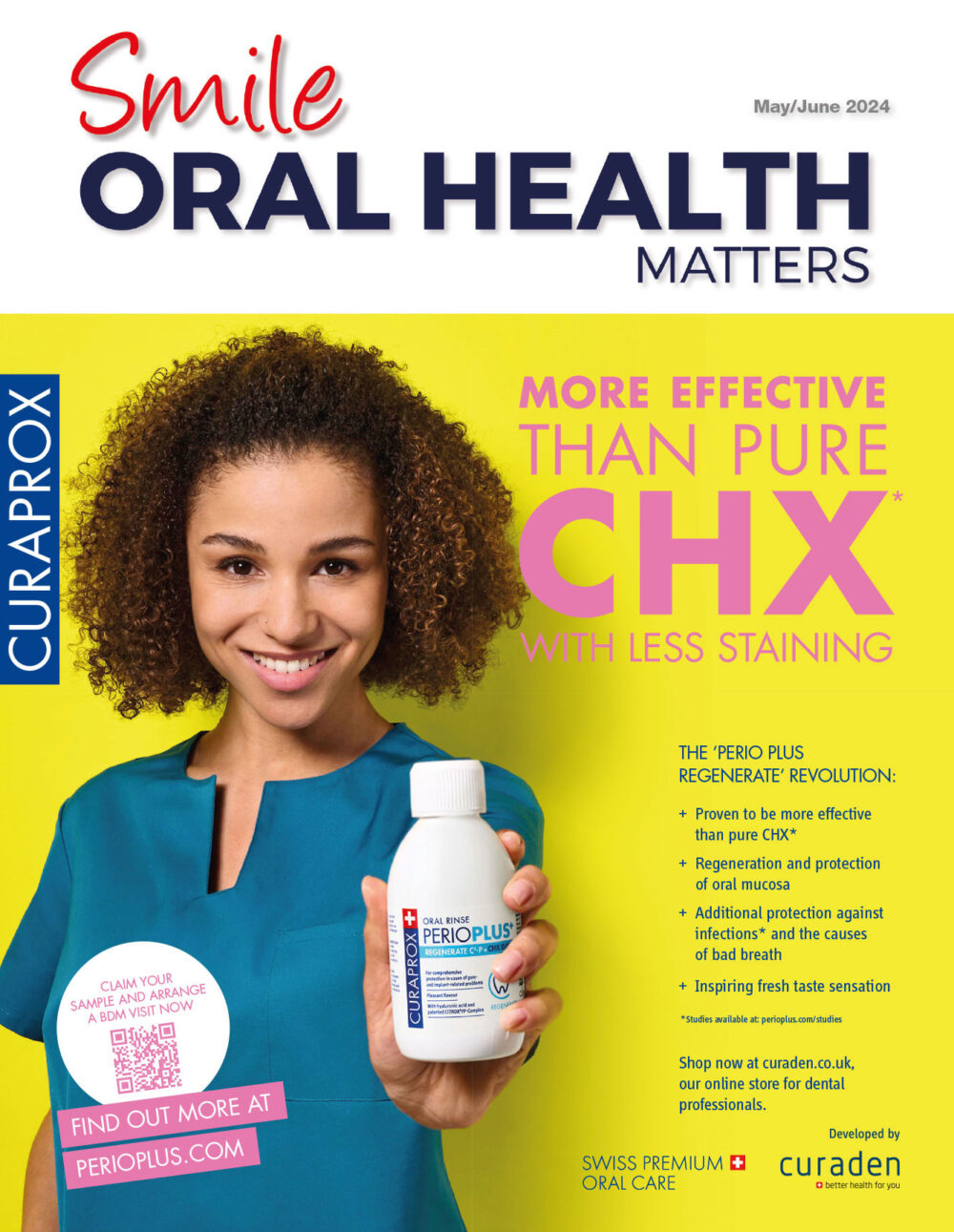As dental equipment rapidly evolves, it is beneficial for the dental practice to embrace new opportunities. Dental units impact the aesthetics and function of a dental surgery, providing patients with a comfortable experience, and supporting smooth professional workflows.
Ergonomic benefits for you
In modern dentistry, musculoskeletal disease (MSDs) are considered an occupational hazard.[i] However, they are preventable in many cases, with workplaces able to make changes to equipment and workflows to reduce the strain on the clinicians’ bodies. MSDs are a group of injuries or disorders of the muscles, nerves, tendons, and joints in the arms, legs, neck, shoulders, and back.i Conditions which fall under this umbrella include carpal tunnel syndrome, sciatica, myofascial pain disorder, and tension neck, and the most commonly affected areas are the neck, shoulders, lower back, and upper back.i
It is important to consider modifying workflows, or choosing more ergonomic equipment – to reduce the risk of developing an MSD. This might include implementing ergonomic dental units and stools, magnification loupes, prismatic spectacles, and ergonomic dental instruments, as well as providing educational resources about working ergonomically.i
The dental unit can be a crucial aspect here. One study found that half of dental units did not have an adjustable headrest.i This can cause difficulty for the clinician when accessing the treatment area, causing them to work in an uncomfortable position. When surgeries implement dental units with an adjustable headrest, access is effortless for the clinician, as viewing is improved by customising the position of the patient’s head to optimise treatment.i
Clinicians should consider all aspects of their own posture, and the impact that this may have on MSDs. As much as possible, clinicians should sit up straight and use an adjustable and supportive chair/stool. When providing treatment, clinicians should work close to the body and minimise excessive wrist and finger movements. For the neck and back, clinicians should alternate working between sitting, standing, and being beside the patient, and adjust the height of the stool and the dental unit to be the most comfortable. Clinicians should also consider the patient’s position, and the position of the adjustable light to optimise visibility.[ii]
Ergonomic benefits for your patient
Dental units should not only optimise posture for the clinician, but also provide support and comfort for the patient.[iii] Using a dental unit which offers patients a comfortable experience is likely to improve their overall opinion of the care they receive, boosting patient satisfaction in your practice. Additionally, research into sensory triggers of dental anxiety include the noise of the dental handpiece, the sight and feeling of dental needles, and the muscular tension felt when positioned in an uncomfortable dental unit.[iv] Because of this, investing in equipment which is customisable and adjustable, that facilitates a comfortable experience, could actually reduce the levels of dental anxiety felt by patients during treatment.iv
Get more from your dental unit
Digital dentistry continues to develop, changing the workflows of many clinicians across the profession. By integrating digital solutions into every aspect of your surgery, you can expect improved comfort, patient communication, and treatment acceptance. Seek out dental units which facilitate digital customisation, allowing you to easily control handpieces, all in one place for further enhanced ergonomics. Functions may also include monitors, allowing you to edit and display clinical images for easy viewing during treatment, and to enable a more inclusive consultation. This will boost treatment acceptance and ensure patients are comfortable and informed, every step of the way.
The treatment centre is at the very heart of every dental surgery. It can contribute to patient comfort, and help you to streamline treatment workflows. Clark Dental has over 48 years of experience in dentistry, and is able to help you choose the perfect treatment centre for your unique surgery – like the state-of-the-art Dentsply Sirona Axano treatment centre. The advanced treatment centre offers exceptional ergonomic features as well as options for customisation, and integrated digital functions including the SiroCam AF+, Sivision monitor, and Smart Touch user interface. The Axano treatment centre’s design is optimised to produce excellent workflows – from the initial diagnosis to case completion. Axano allows treatment steps to be performed intuitively, benefiting you and your patients.
Dental units affect each step of the treatment workflow including ergonomics, patient comfort, and even communication. Because of this, it’s important to choose equipment which will have a positive impact, boosting case acceptance, patient comfort, and reducing the risk of developing MSDs.

If you’d like to find out more about Clark Dental’s solutions, call the team on
01268 733 146, email info@clarkdental.co.uk or visit www.clarkdental.co.uk.

[i] Anshasi, Rami J., et al. “A Change Management Approach to Promoting and Endorsing Ergonomics within a Dental Setting.” International Journal of Environmental Research and Public Health 19.20 (2022): 13193.
[ii] Gupta, Anshul, et al. “Ergonomics in dentistry.” International journal of clinical pediatric dentistry 7.1 (2014): 30.
[iii] Jodalli, Praveen S., et al. “Posturedontics: How does dentistry fit you?.” Journal of Pharmacy & Bioallied Sciences 7.Suppl 2 (2015): S393.
[iv] Settineri, Salvatore, Filippo Tati, and Giusi Fanara. “Gender differences in dental anxiety: is the chair position important.” J Contemp Dent Pract 6.1 (2005): 115-22.












